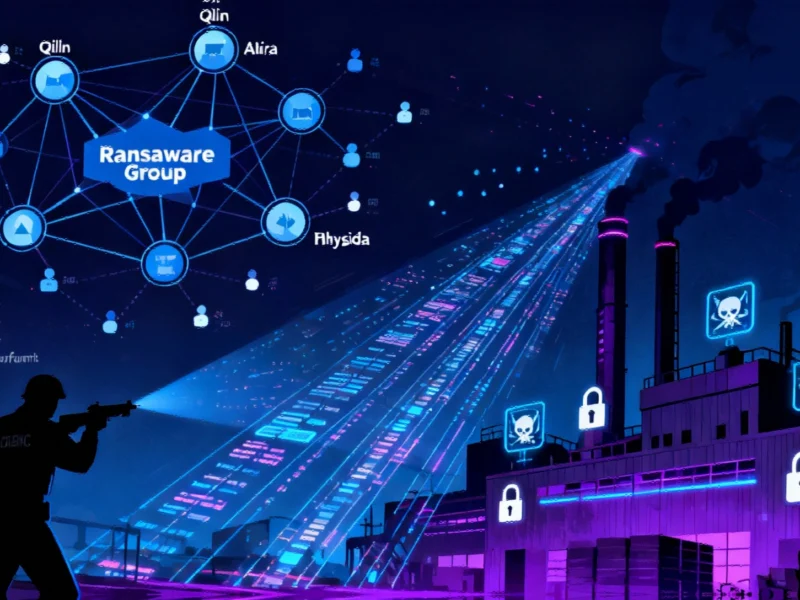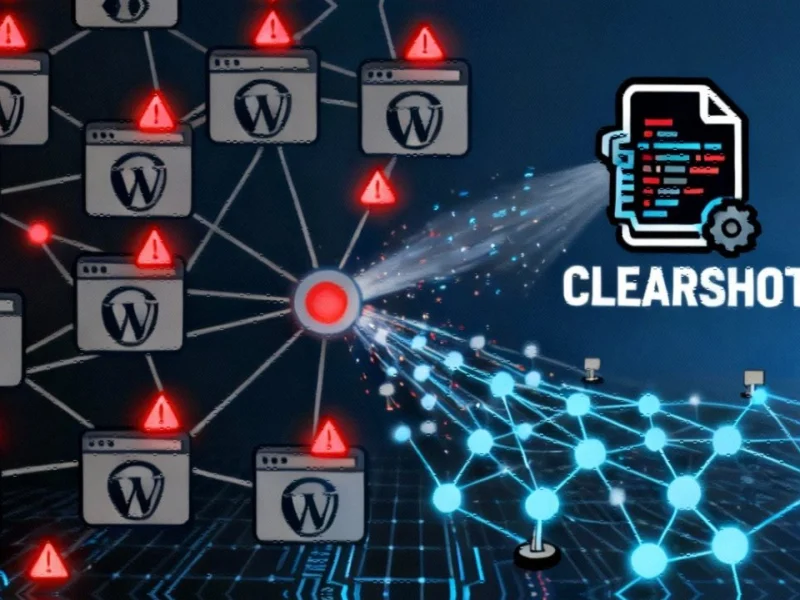The New Frontier of Enterprise AI Security
As organizations race to implement agentic AI systems to enhance productivity and automate processes, a critical question emerges: who bears the ultimate responsibility for securing these powerful tools? The landscape is complex, with both vendors and customers playing crucial roles in protecting sensitive data and systems from emerging threats.
Recent incidents highlight the urgency of this discussion. Security researchers recently uncovered “ForcedLeak” – a critical vulnerability chain in Salesforce’s Agentforce platform that could have enabled threat actors to exfiltrate sensitive CRM data through sophisticated prompt injection attacks. While Salesforce addressed the vulnerability through updates and improved access controls, this incident serves as a stark reminder of the potential consequences when AI security measures fall short.
The Shared Responsibility Model in Practice
According to security experts, the relationship between AI vendors and their customers mirrors the shared responsibility model familiar from cloud computing. “The provider is responsible for the security of the infrastructure itself, and the customer is responsible for securing the data and users,” explains Melissa Ruzzi, director of AI at AppOmni. She emphasizes that rigorous security review processes cannot be skipped simply because AI is involved.
This perspective is echoed by Brian Vecci, field CTO at Varonis, who notes that data isn’t stored within AI agents directly, but rather within enterprise repositories that agents access. “That access control can be individual to the agent or the user(s) that are prompting it, and it’s the responsibility of the enterprise to secure that data appropriately,” he states.
The Human Factor in AI Security
One of the most challenging aspects of AI agent security involves addressing human behavior and organizational practices. Users often grant excessive permissions to AI assistants or use them to route insecure processes without proper oversight. This creates vulnerabilities that sophisticated attackers can exploit.
The situation parallels earlier security awareness challenges like phishing, where organizations eventually realized they needed to offload risk from users rather than relying on them to identify every threat. For AI agents, this means implementing robust technical controls and comprehensive training programs. As organizations navigate these challenges, they must also stay informed about related innovations in security technology that might offer additional protection layers.
Vendor Responsibilities and Limitations
AI vendors face increasing pressure to build security into their products from the ground up. Itay Ravia of Aim Security observes that while large vendors have begun deploying basic protections, “unfortunately, they are still well behind attackers and do not account for novel bypass methods.”
Some vendors are taking proactive steps – Salesforce now requires multi-factor authentication for all customers, for instance. However, as David Brauchler of NCC Group notes, “AI vendors may reasonably enforce certain security best practices, but none of the tools available to vendors fundamentally solve the underlying data access problem.” This limitation becomes particularly important when considering industry developments in data governance and privacy.
Architectural Considerations for Secure AI Deployment
Security experts emphasize that many AI security challenges cannot be solved within the agentic model itself but must be addressed through proper architectural design. Organizations need to carefully consider how AI systems integrate with their existing infrastructure and what access controls are necessary to prevent data leakage.
This architectural approach must account for the entire data lifecycle – where information originates, how it flows through AI systems, and who can access it at each stage. As companies evaluate their AI infrastructure, they should monitor market trends in AI deployment and security solutions that might inform their strategy.
Practical Steps for Organizations
Before deploying AI agents, organizations should take several critical security measures:
- Conduct thorough risk assessments specific to AI implementations
- Implement least-privilege access controls for both human users and AI agents
- Establish comprehensive monitoring of AI system activities and data access patterns
- Develop incident response plans that account for AI-specific threats
- Provide ongoing security training focused on proper AI usage
These measures become even more crucial as AI systems handle increasingly sensitive functions. Organizations should also pay attention to recent technology developments that might impact their security posture.
The Path Forward
The security landscape for AI agents continues to evolve rapidly, with new threats and countermeasures emerging regularly. As AI agent security emerges as shared responsibility between vendors and customers, both parties must maintain vigilance and adapt their approaches accordingly.
Ultimately, successful AI deployments require balancing innovation with security. Organizations that prioritize this balance from the outset will be better positioned to harness AI’s benefits while minimizing risks. As the technology matures, staying informed about sector-specific trends will be essential for maintaining effective security postures in this dynamic landscape.
This article aggregates information from publicly available sources. All trademarks and copyrights belong to their respective owners.
Note: Featured image is for illustrative purposes only and does not represent any specific product, service, or entity mentioned in this article.



